Researchers from Harvard Medical School found that it is the changes that affect the expression of the DNA — called epigenetics — that affect aging. The discovery may pave the way for more insights into how humans age.


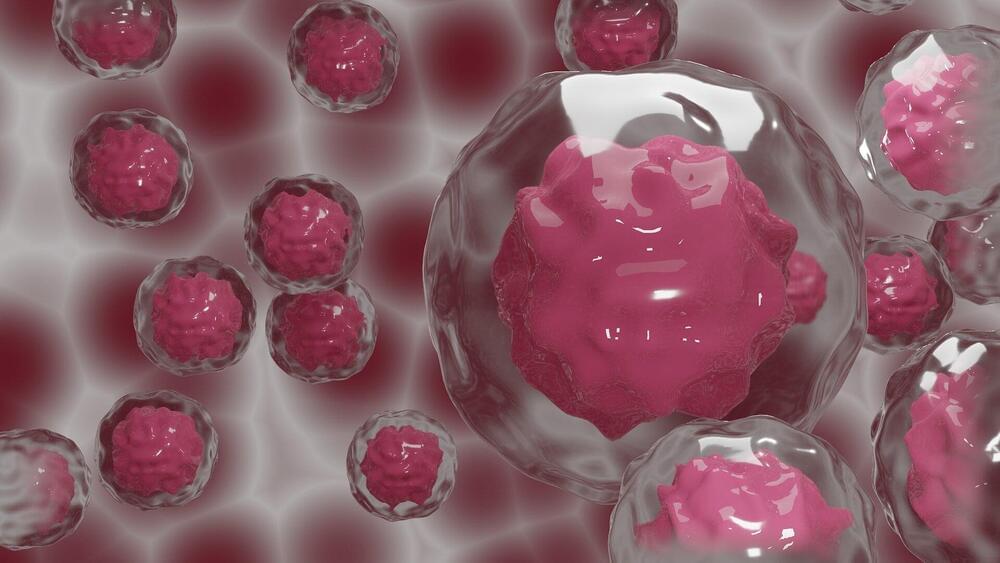
Cancer cells can shrink or super-size themselves to survive drug treatment or other challenges within their environment, researchers have discovered.
Scientists at The Institute of Cancer Research, London, combined biochemical profiling technologies with mathematical analyses to reveal how genetic changes lead to differences in the size of cancer cells—and how these changes could be exploited by new treatments.
The researchers believe smaller cells could be more vulnerable to DNA-damaging agents like chemotherapy combined with targeted drugs, while larger cancer cells might respond better to immunotherapy.
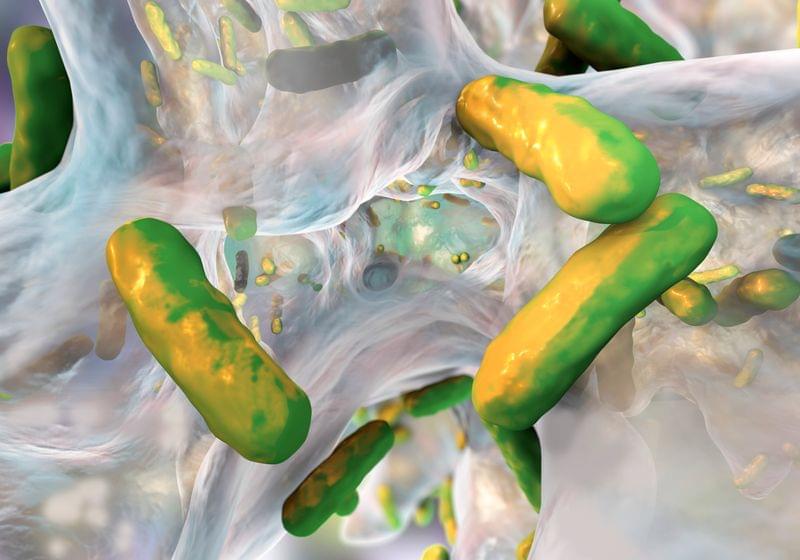
ABOVE: © ISTOCK.COM, DR_MICROBE
Mycoplasma pneumoniae are tiny bacteria typically known to cause lung infections. But now, a group of scientists have turned them into double agents. Genetically engineered Mycoplasma helped break down biofilms of another pathogenic microbe, Pseudomonas aeruginosa, in a mouse model of ventilator-associated pneumonia and on tube samples taken from human patients, the team reported January 19 in Nature Biotechnology. It is one of the first times that scientists have used live bacteria to treat a lung disease, and is the first therapeutic use of Mycoplasma.
“This approach is really powerful,” says Dave Hava, a microbiologist who wasn’t involved in the research, but who works at a company called Synlogic that develops live bacteria therapeutics for gut issues. “It offers the chance to target diseases and mechanisms that you can’t do with conventional therapies.”
China building Bio Weapon that can target people based on race. China has been amassing a disturbing amount of genetic data from the rest of the world, and it’s been doing it for something nightmarish.
◘ Rob Reid — Why the Future is the Good Kind of Scary.
◘ Subscribe to Jordan Harbinger Podcast.
◘ Support me on Patreon for early release, and much more! http://www.patreon.com/laowhy86
◘ Donate and support this channel through Paypal http://paypal.me/cmilkrun.
Crypto support.
◘ Bitcoin — bc1qrvvga0c4kn69rlte47q0tzrhugn9pf426tqhvm.
◘ ETH — 0x456E5A9B875d4eF8DCb70eB1F7Fa376C520b206C
◘ Odysee — http://odysee.com/@laowhy86
My documentaries
◘ Conquering Northern China:
https://vimeo.com/ondemand/conqueringnorthernchina.
◘ Conquering Southern China.
ADVChina — https://www.youtube.com/advchina.
SerpentZA — https://www.youtube.com/serpentza.
ADVPodcasts — https://www.youtube.com/advpodcasts.
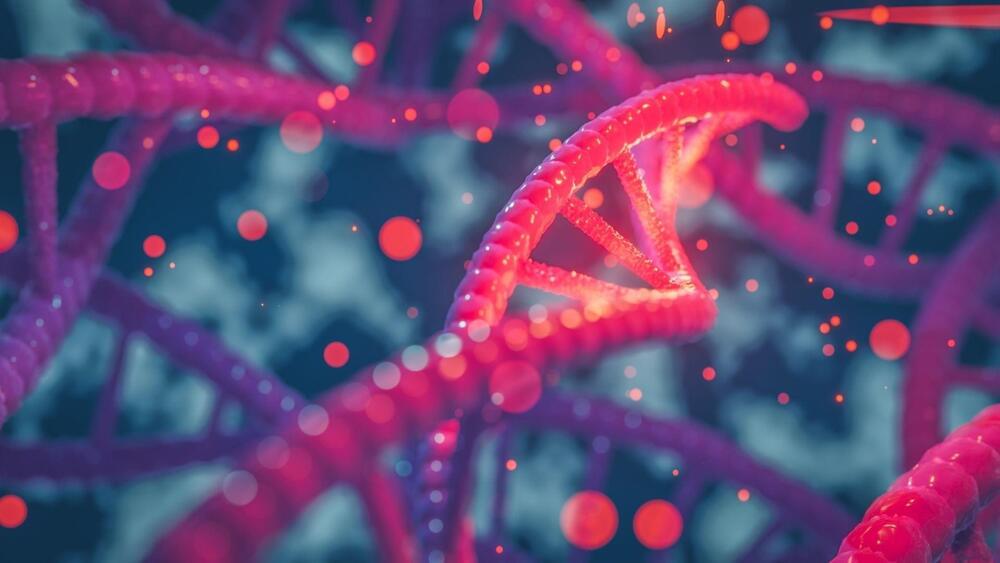
An examination of 19,149 mammalian genes sheds new light on the future of hair loss.
Due to evolution, we got rid of most of the hair on our bodies. Although we are mammals, it is obvious that we are less hairy than the majority of them. So, could this mean we are on our way to becoming more hairless? Or is there a way to turn hair development back on?
This is where a new study comes in. As stated by the University of Utah, a groundbreaking comparison of genetic codes from 62 animals is beginning to tell the story of how humans—and other mammals—came to be, naked. The study was published in the journal eLife.
CIPhotos/iStock.
Can we ‘turn on’ genes for thick hair?

REHOVOT, ISRAEL—March 17, 2021— To observe how a tiny ball of identical cells on its way to becoming a mammalian embryo first attaches to an awaiting uterine wall and then develops into the nervous system, heart, stomach, and limbs: This has been a highly sought-after grail in the field of embryonic development for nearly 100 years. Now, Prof. Jacob Hanna of the Weizmann Institute of Science and his group have accomplished this feat. The method they created for growing mouse embryos outside the womb during the initial stages after embryo implantation will give researchers an unprecedented tool for understanding the development program encoded in the genes, and may provide detailed insights into birth and developmental defects as well as those involved in embryo implantation. The results were published in Nature.
Prof. Hanna, who is in the Institute’s Department of Molecular Genetics, explains that much of what is currently known about mammalian embryonic development comes through either observing the process in non-mammals, like frogs or fish that lay transparent eggs, or obtaining static images from dissected mouse embryos and adding them together. The idea of growing early-stage embryos outside the uterus has been around since before the 1930s, Prof. Hanna says, but those experiments had limited success and the embryos tended to be abnormal.
Prof. Hanna’s team decided to renew that effort in order to advance the research in his lab, which focuses on the way the development program is enacted in embryonic stem cells. Over seven years, through trial and error, fine-tuning and double-checking, his team came up with a two-step process in which they were able to grow normally developing mouse embryos outside the uterus for six days – around a third of their 20-day gestation period – by which time the embryos have a well-defined body plan and visible organs. “To us, that is the most mysterious and the most interesting part of embryonic development, and we can now observe it and experiment with it in amazing detail,” say Prof. Hanna.
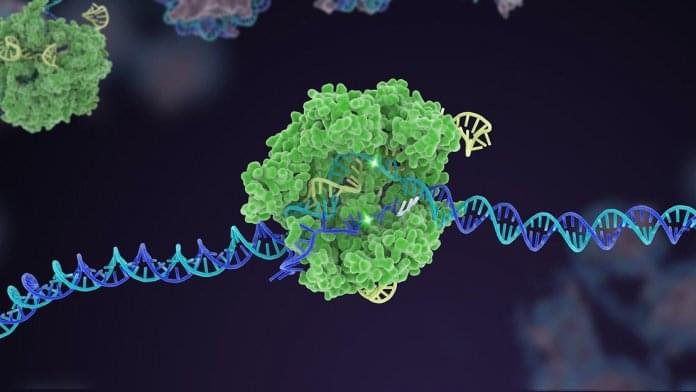
You’ve seen the headlines. The FDA approved its use in tackling the underlying genetic mutation for sickle cell disease. Some researchers edited immune cells to fight untreatable blood cancers in children. Others took pig-to-human organ transplants from dream to reality in an attempt to alleviate the shortage of donor organs. Recent work aims to help millions of people with high cholesterol—and potentially bring CRISPR-based gene therapy to the masses—by lowering their chances of heart disease with a single injection.
But to Dr. Jennifer Doudna, who won the Nobel Prize in 2020 for her role in developing CRISPR, we’re just scratching the surface of its potential. Together with graduate student Joy Wang, Doudna laid out a roadmap for the technology’s next decade in an article in Science.
If the 2010s were focused on establishing the CRISPR toolbox and proving its effectiveness, this decade is when the technology reaches its full potential. From CRISPR-based therapies and large-scale screens for disease diagnostics to engineering high-yield crops and nutritious foods, the technology “and its potential impact are still in their early stages,” the authors wrote.

An enzyme that defends human cells against viruses can help drive cancer evolution towards greater malignancy by causing myriad mutations in cancer cells, according to a study led by investigators at Weill Cornell Medicine. The finding suggests that the enzyme may be a potential target for future cancer treatments.
In the new study, published recently in the journal Cancer Research, scientists used a preclinical model of bladder cancer to investigate the role of the enzyme called APOBEC3G in promoting the disease and found that it significantly increased the number of mutations in tumor cells, boosting the genetic diversity of bladder tumors and hastening mortality.
“Our findings suggest that APOBEC3G is a big contributor to bladder cancer evolution and should be considered as a target for future treatment strategies,” said study senior author Dr. Bishoy M. Faltas, assistant professor of medicine in the Division of Hematology and Medical Oncology and of cell and developmental biology at Weill Cornell Medicine, and an oncologist who specializes in urothelial cancers at NewYork-Presbyterian/Weill Cornell Medical Center.

Recent experiments conducted in Boston labs have shown reverse aging results among mice and could show similar results in people.
The combined experiments — which were conducted during a span of 13 years — published Thursday (January 12) in the scientific journal Cell reported that old, blind mice regained eyesight, developed smarter brains and built healthier muscle and kidney tissue, challenging the theory that DNA was the only cause of aging, as it proved that chemical and structural changes to chromatin played a factor without altering genetic code.
The research showed that a breakdown in epigenetic information caused the mice to age and the restoration of the epigenome reversed aging effects.
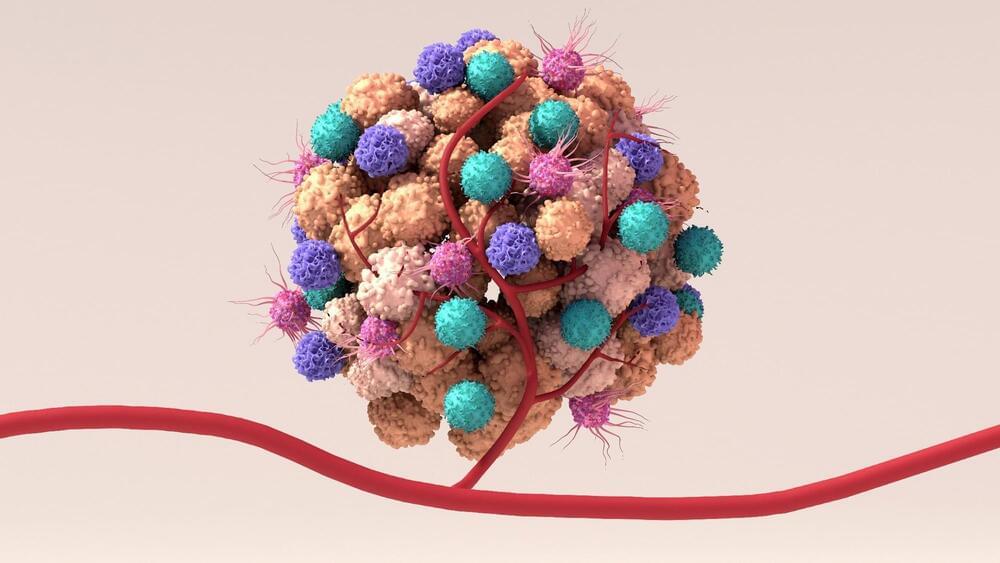
In a recent study published in Cell, researchers investigated whether the observed tumor cellular heterogeneity and architecture result from stochastic and chaotic events or whether there is more coordination in the histopathological chaos of cancer. They also explored mechanisms shaping the highly complicated tumor landscape.
Both embryology studies and oncology research activities are aimed at elucidating tissue growth mechanisms; however, they share limited conceptual and technical overlap. Morpho-genomic processes and tissue-level signaling are prime mechanisms in the field of embryology. Researchers have developed various approaches to explore the associated mechanisms; however, cell, genetic, and biological means have been predominantly focused upon, leaving the spatial aspects of tumor cells under-studied in the field of oncology.